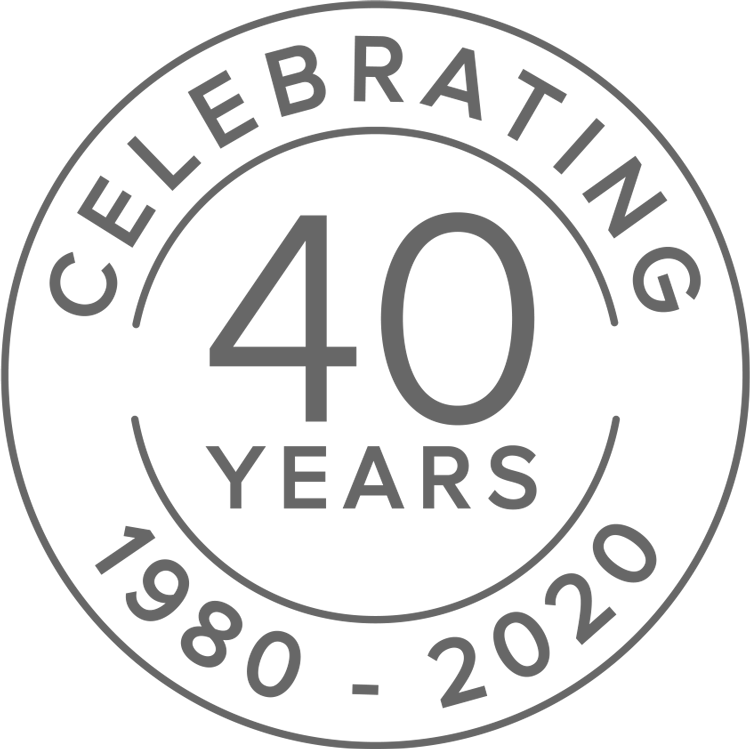 Every day starts with coffee at Kanegrade. The aroma is the first thing that greets us in the canteen when staff are making various varieties of ground and instant coffees in the morning.
Every day starts with coffee at Kanegrade. The aroma is the first thing that greets us in the canteen when staff are making various varieties of ground and instant coffees in the morning.
The precise aroma of coffee is hard to define exactly since there are many variables involved. In fact alongside cheese, chocolate and wine, Coffee is one of the most complex aroma mixtures.
That being the case it’s no surprise that real coffee can contain a mixture of over 800 volatile compounds which, like other flavouring substances, are organic molecules that easily evaporate at room temperature releasing their aroma into the air.
The key drivers of the complex range of aromas are:
The Green coffee beans themselves – The complexity of aromas depends on the composition of chemical compounds in the green beans, which varies based on factors such as variety, weather conditions, level of maturation, and way they are processed / selected.
The roasting process – where the concentration of chemical precursors, such as sugars, proteins, carbohydrates, and chlorogenic acids, plays a crucial role in the development of aromatic compounds.
The brewing process and method of preparation – also have a significant impact on the aroma of coffee. Brew methods can affect the aroma due to differences in the extraction rates of the compounds, with more polar molecules being extracted in higher percentages. Then of course you have different types of coffee: for example during the preparation of espresso coffee, variables like temperature, pressure of water, granulometry of coffee particles, and brew ratio can modify the aroma profile.
In the labs we’ve been doing some research to perfect our coffee flavourings and thought we’d share some details about the chemicals found in the perfect coffee aroma.
The Chemistry of Coffee Aroma
The most predominant group of compounds among coffee aromatics are furans, which typically have caramel-like odours resulting from the pyrolysis of sugars.
Other influential compounds include: sulphur-containing compounds, Beta-Damascenone, Furfuryl Mercaptan, 3-Mercapto-3-methylbutylformate, 3-Methyl-2-buten-1-thiol, 2-Isobutyl-3-methoxypyrazine, Furaneol, Ethyl Furaneol, Guaiacol, 2,3-Butanedione (Diacetyl), 4-Vinylguaiacol, 2,3-Pentanedione, Methional, 2-Isopropyl-3-methoxypyrazine (Bean Pyrazine), Vanillin, 2-Ethyl-3,5-dimethylpyrazine, 2,3-Diethyl-5-methylpyrazine, Caramel furanone (Sotolon), 4-Ethylguaiacol, and Maple Furanone.
The perception of coffee aroma just as anything which is consumed, occurs through two different mechanisms: orally (retro-nasally) and nasally. All the factors mentioned above, and their interactions can impact how we perceive the aroma. For example, 2,3-butanedione though usually buttery, may increase the perception of sweetness in coffee.
Different Types of Coffee Flavourings
When creating a coffee flavouring, not only do you have to factor in the many variations and therefore the consumers preference, it’s great to be able to adapt it to offer a particular style of coffee such as:
Latte – Increase milkiness, creaminess
Mocha – add chocolate, increase creaminess
Espresso – more bitter, stronger
Cappuccino – Add sweetness, creaminess, subtle chocolate notes
Affogato – Add ice cream notes
The chemistry of coffee aroma is great to look into and a subject that showcases the complex interplay of hundreds of volatile compounds. No wonder it’s just overtaken Tea as the nation’s most consumed hot drink. Time for another cup.



